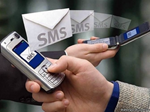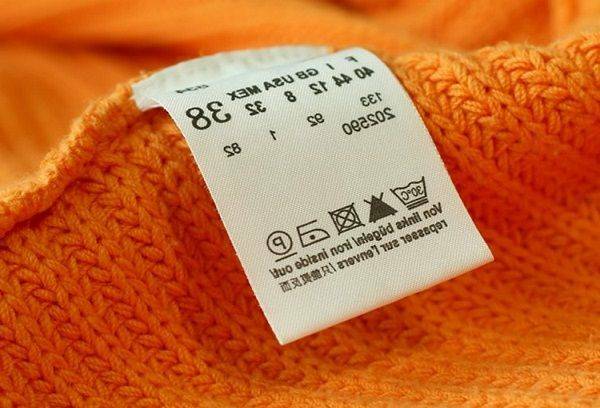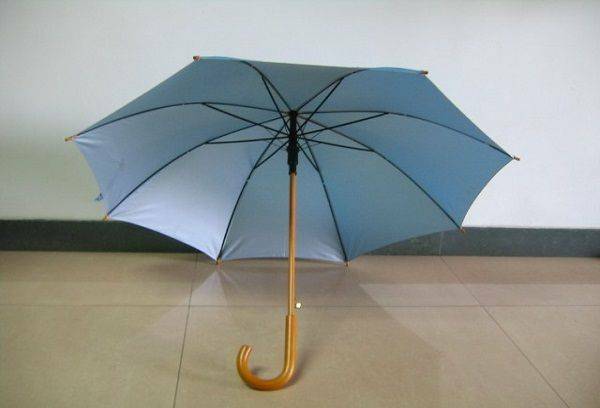 Increasingly, we use a plastic card to receive salaries, pensions, scholarships."Plastic" has become a convenient and habitual means of payment and a tool for saving savings. But with the popularity of cards growing and the number of scammers wishing to profit, taking money from the holders' accounts.
Increasingly, we use a plastic card to receive salaries, pensions, scholarships."Plastic" has become a convenient and habitual means of payment and a tool for saving savings. But with the popularity of cards growing and the number of scammers wishing to profit, taking money from the holders' accounts.
Today we present Top 5 ways of fraud with plastic cards .Knowing about what methods are used by intruders, it is much easier to protect your savings.
Contents:
- 5. Making a duplicate of the
- card 4. Using the adhesive tape for the bills
- 3. Receiving the PIN code by SMS
- 2. Reading the data when paying for the goods on the Internet
- 1. "Lebanese loop"
5. Making a duplicate of the
 cardScammers make "blanks" - counterfeit cards, which are inflicted with information from the magnetic strip of the original card. In order to read the information, a so-called skimmer is installed on the ATM-an overlay on the reader, into the slot of which we place the card.
cardScammers make "blanks" - counterfeit cards, which are inflicted with information from the magnetic strip of the original card. In order to read the information, a so-called skimmer is installed on the ATM-an overlay on the reader, into the slot of which we place the card.
The most modern skimmers have a thickness of only 0.2 mm, so it's not easy to notice them. You can protect yourself from reading and copying information by purchasing a chip card that is more secure than a magnetic card.
4. Using adhesive tape for bills
 In the cash withdrawal slot, dexterous scammers place an adhesive tape. The cardholder tries to get cash, but the notes do not go out, becausebecome sticky to a strip of tape or other Velcro. The client, not having waited for money, leaves to call in branch of bank and to understand with a situation. And scammers return to the ATM and retrieve the sticky tape with bills.
In the cash withdrawal slot, dexterous scammers place an adhesive tape. The cardholder tries to get cash, but the notes do not go out, becausebecome sticky to a strip of tape or other Velcro. The client, not having waited for money, leaves to call in branch of bank and to understand with a situation. And scammers return to the ATM and retrieve the sticky tape with bills.
Such fraud can be saved by withdrawing cash only in trusted ATMs installed in the bank's offices and other closed guarded premises.
3. Receiving a PIN code by SMS
 A common method of fraud is the sending of SMS on behalf of the serving bank with a request to send a PIN and CVC code, which is used to confirm payment in online stores. In some cases, the SMS comes with a link supposedly to the bank's website, where it is required to enter data on the card.
A common method of fraud is the sending of SMS on behalf of the serving bank with a request to send a PIN and CVC code, which is used to confirm payment in online stores. In some cases, the SMS comes with a link supposedly to the bank's website, where it is required to enter data on the card.
Having received such a message, you must immediately contact the bank, as credit institutions never request PIN-codes from plastic cards.
2. Reading the data when paying for goods on the Internet
 When making a purchase on the global network, we enter all the necessary data - card number, name, validity period, and CVC code. Hacking into the sites of shops, attackers receive data from the cardholder and start spending money at their own discretion.
When making a purchase on the global network, we enter all the necessary data - card number, name, validity period, and CVC code. Hacking into the sites of shops, attackers receive data from the cardholder and start spending money at their own discretion.
To protect yourself against fraud, you need to use 3D-Secure technology, when you need to enter the code received on your mobile phone to complete any payment. If fraudsters try to pay something by someone else's card, the owner will receive a message with a confirmation code. Thus, the attackers will not be able to complete the payment, and the cardholder will understand that the data were found by the fraudsters.
1. "Lebanese Loop"
 The fraudster makes a "pocket" from the film, which is placed inside the ATM reader. The client inserts the card into the ATM, dials his PIN-code, but does not give out money, the ATM "swears" that he does not see the card, and the card does not leave the reader.
The fraudster makes a "pocket" from the film, which is placed inside the ATM reader. The client inserts the card into the ATM, dials his PIN-code, but does not give out money, the ATM "swears" that he does not see the card, and the card does not leave the reader.
The alleged fraudster will try to help, find out a PIN code, and then advise him to go to the bank immediately and write a statement to remove the card from the ATM.The client leaves, the swindler quietly retrieves the "Lebanese loop" along with the card, and then withdraws all funds.
This scenario is common in street ATMs installed far from bank branches.



